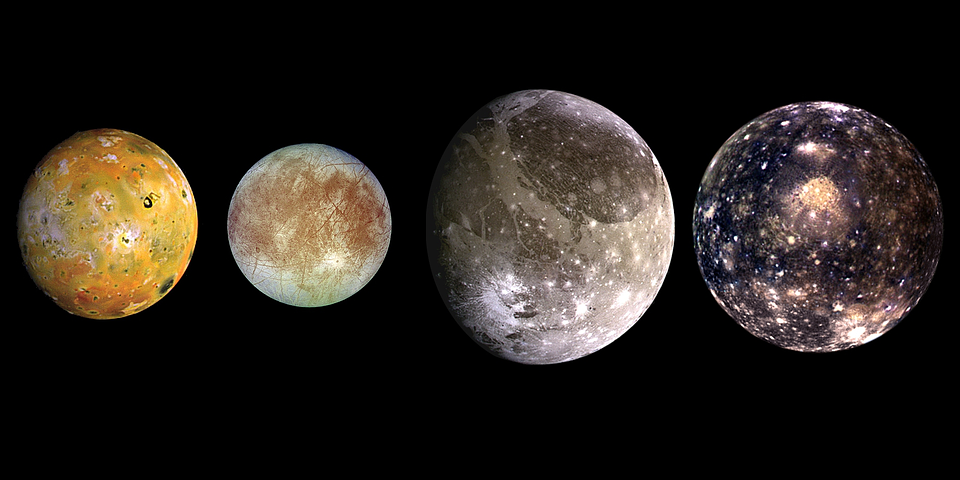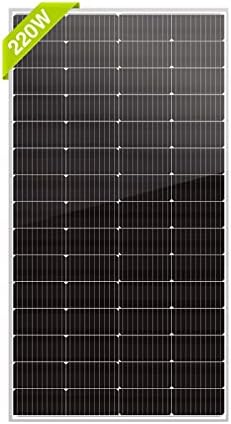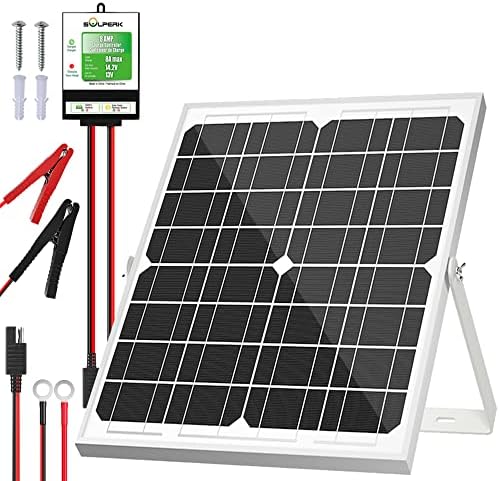# Maximizing Energy Efficiency: A Comparison of Solar Panel Types
When I first embarked on my off-grid adventure, I vividly remember the moment I stood under the bright sun, marveling at my freshly installed solar panels. Their sleek surfaces glinted in the sunlight, promising a renewable energy source that would alleviate my reliance on traditional utilities. What ensued was a whirlwind of discovery as I navigated the complex world of solar technology, exploring various options of solar panels, their efficiencies, and ultimately, how to make my energy consumption as sustainable as possible. With so many types of solar panels available, it’s essential to sift through the information to maximize energy efficiency and make the best choice for your needs.
## Understanding the Basics of Solar Energy
Before diving into the types of solar panels, let’s understand how solar energy works. Solar panels convert sunlight into electricity through photovoltaic (PV) cells. These cells comprise semiconductor materials, usually silicon, which generate electric currents when exposed to sunlight. This electricity can then power your home, charge batteries, or even feed back into the grid.
For maximizing energy efficiency, understanding solar panel types will guide you toward choosing the right style that aligns with your energy needs, budget, and space constraints.
## Types of Solar Panels
There are primarily three types of solar panels on the market today: Monocrystalline, Polycrystalline, and Thin-film. Each of these has its distinct advantages and disadvantages that cater to varying requirements.
### 1. Monocrystalline Solar Panels
**Overview:**
Monocrystalline panels are recognized for their high efficiency and sleek aesthetic. They are constructed from a single crystal structure, which allows for a more streamlined process in energy production.
**Efficiency:**
These panels have an efficiency rate typically ranging from 15% to 22%. Their ability to produce more energy from a smaller surface area makes them perfect for homeowners with limited roof space.
**Cost:**
While monocrystalline panels tend to be more expensive upfront, their longevity and efficiency can make them a worthwhile investment. They usually come with warranties of 25 years or more.
**Pros:**
– High efficiency
– Space-efficient design
– Longer lifespan
**Cons:**
– Higher initial investment cost
– Performance can decrease in high temperatures
### 2. Polycrystalline Solar Panels
**Overview:**
Polycrystalline panels consist of multiple crystal structures, giving them a speckled blue appearance. They are generally seen as a cost-effective option for solar energy production.
**Efficiency:**
With an efficiency rating between 13% and 16%, polycrystalline panels aren’t as efficient as their monocrystalline counterparts. However, they can still be a viable option for many homeowners.
**Cost:**
These panels are more budget-friendly than monocrystalline, making them a popular choice for those looking to save money upfront.
**Pros:**
– Lower initial cost
– Less energy-intensive to produce
**Cons:**
– Lower efficiency
– Requires more space to generate the same energy as monocrystalline
### 3. Thin-Film Solar Panels
**Overview:**
Thin-film panels are made by depositing a thin layer of photovoltaic material onto a substrate. They can be flexible, lightweight, and come in various forms, including amorphous silicon and cadmium telluride.
**Efficiency:**
Thin-film panels generally have lower efficiency ratings, ranging from 10% to 12%. However, they can perform better in low light conditions and high temperatures compared to crystalline panels.
**Cost:**
They tend to be the most affordable option among the three types, making them attractive for budget-conscious consumers.
**Pros:**
– Lightweight and flexible
– Lower material costs
– Performs well in shaded or cloudy conditions
**Cons:**
– Low efficiency
– Generally requires more space for installation
– Shorter lifespan compared to crystalline panels
## Choosing the Right Solar Panel for Your Needs
To select the perfect solar panel type, consider these factors:
1. **Available Space:**
Assess your roof size and layout. If you have limited space, monocrystalline panels may be the best choice due to their high efficiency.
2. **Budget:**
Factor in both the upfront costs and long-term savings. While polycrystalline and thin-film panels may cost less initially, think about the efficiency and longevity when calculating overall return on investment.
3. **Climate:**
Evaluate the climate conditions in your area. If you live in a shaded region or an environment with extreme temperatures, thin-film panels may be more suitable due to their performance under such conditions.
4. **Aesthetics:**
If the visual appeal of your solar installation matters to you, consider the sleek design of monocrystalline panels.
5. **Long-term Plans:**
If you plan to expand your energy needs in the future, investing in higher-efficiency panels could pay off as they offer more power per square foot.
## Pro Tips for Maximizing Energy Efficiency
### 1. Proper Orientation and Angle
To maximize energy efficiency, ensure your solar panels are installed at the optimal angle and orientation specific to your geographic location. Generally, pointing panels toward the south and angling them between 30 and 45 degrees will capture the most sunlight.
### 2. Regular Maintenance
Keep panels clean and free from debris. Dust, pollen, and leaves can block sunlight, reducing efficiency. Regularly washing or hiring professional cleaning services can greatly enhance performance.
### 3. Use Energy Storage Solutions
Consider investing in battery storage to maximize your energy efficiency. By storing excess energy produced during the day, you can use it during peak demand times rather than relying on the grid.
### 4. Smart Energy Management
Utilize smart energy management systems to monitor your energy consumption. Understanding your usage patterns can help you optimize energy use and align it with your solar production.
### 5. Combine with Energy-Efficient Appliances
To enhance overall efficiency, upgrade to energy-efficient appliances. Using less energy means you may require fewer panels, reducing overall installation costs.
## The Future of Solar Technology
As the grid continues to evolve, so too does solar technology. From advancements in solar film technology to energy management systems integrating artificial intelligence, homeowners can expect efficient solutions that adapt to their lifestyles. New solar panel technologies are in research and development, promising even higher efficiency rates, eco-friendlier materials, and lower costs.
## Conclusion
Maximizing energy efficiency in your off-grid lifestyle begins with understanding the different types of solar panels and their respective strengths. By assessing your needs and conducting thorough research, you can select the ideal type that takes you into a sustainable energy future. While the transition may involve some learning curves, the benefits – from reduced utility bills to a lower carbon footprint – are remarkably rewarding. So roll up your sleeves, embrace the sunlight, and take the plunge into the brilliant world of solar energy!
By making informed decisions and adopting practical habits, you can ensure that your journey toward energy independence is not just efficient, but also uplifting and empowering.



